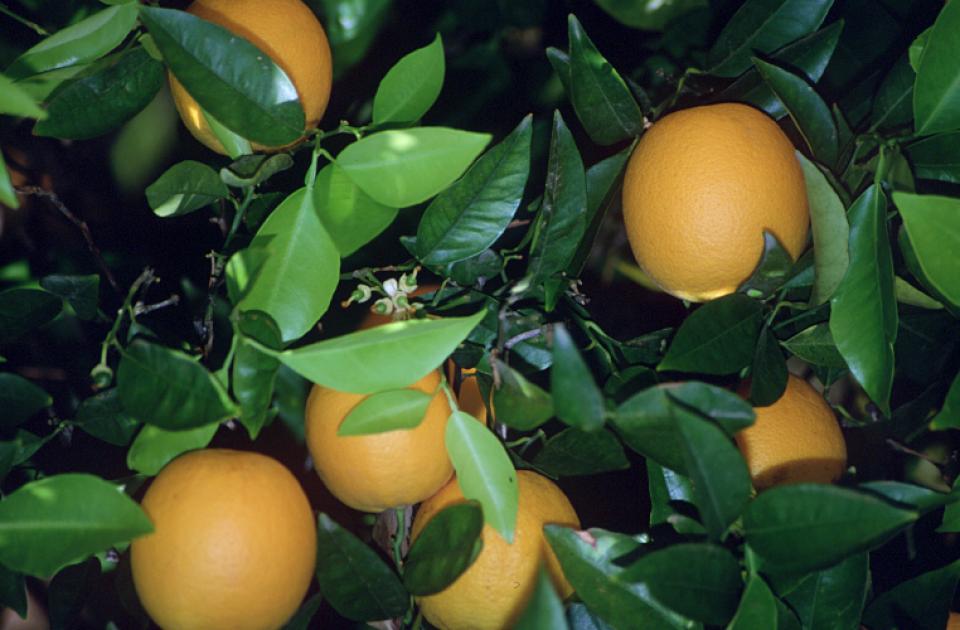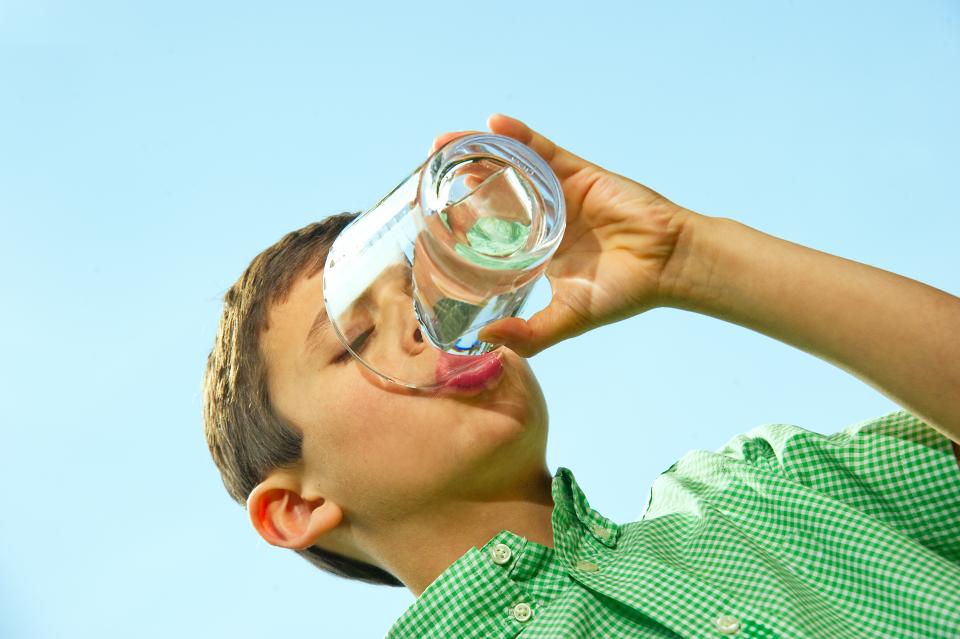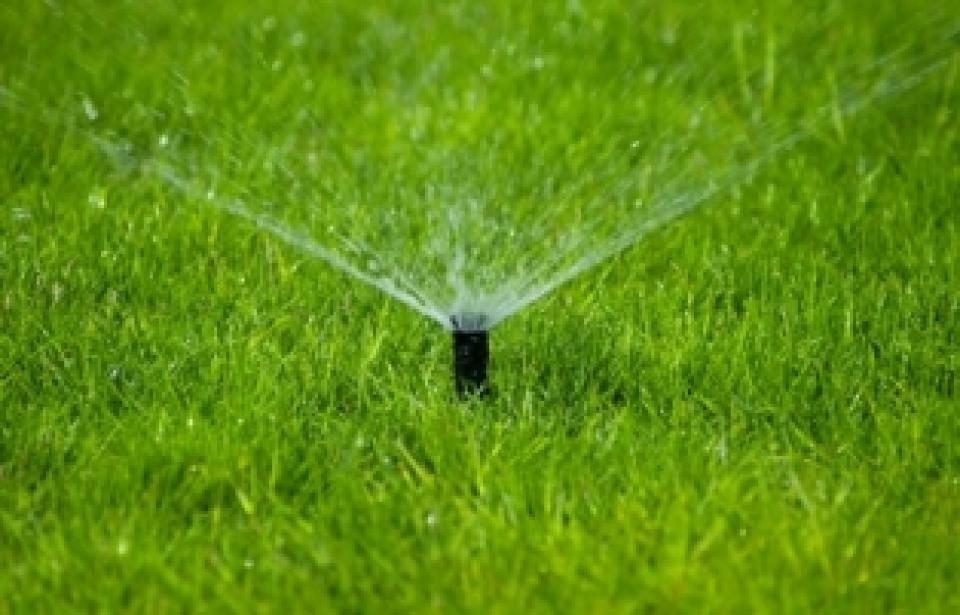Food Facts: How Much Water Does It Take to Produce … ?
Lettuce (1 cup)
3 gallons
Tomato Ketchup (1oz)
3 gallons
White Sugar (1 tbsp)
7 gallons
Whole Wheat Bread (1 slice)
7 gallons
Tomatoes (4.3 oz)
8 gallons
White Bread (1 slice)
11 gallons
Fresh Broccoli (2.7 oz)
11 gallons
Tomato Paste (2 oz)
12 gallons
Tomato Sauce (4 oz)
13 gallons
Oranges (4.6 oz)
14 gallons
Brown Rice (1 oz)
16 gallons
White Rice (1 oz)
25 gallons
Pasta (2 oz)
36 gallons
Cantaloupe (8 oz)
40 gallons
Butter (0.36 oz)
46 gallons
Milk (8 fl. Oz)
48 gallons
Orange Juice (1 cup)
49 gallons
Cheese (1 oz)
56 gallons
Tofu (1/2 cup)
61 gallons
Egg (1)
63 gallons
Almonds (1 oz)
80 gallons
Plain Yogurt (1 cup)
88 gallons
Chicken (8 oz)
330 gallons
Hamburger (4 oz)
616 gallons
Steak (8 oz)
1,232 gallons
Where did the figures come from?
In September 1991, the Water Education Foundation published a special report called “Water Inputs in California Food Production” by Marcia Kreith at UC Davis. The study updated numbers issued in 1978 by the UC Cooperative Extension. It examined the amount of water required to produce selected dairy, beef, poultry, grains, soy, fruit and vegetable products from the beginning of planting or growth cycle up to the time of cooking. Step by step calculations used to figure the water requirements are included for each food in the 162-page report.
The report analyzed water used in California food production per serving for 27 tabletop items and for per pound for 34 items. The committee overseeing the study established a number of criteria: the study counted all water - whether naturally available or applied as irrigation water to grow and process food products. No distinction was made between precipitation, surface reservoir water or groundwater. Among several research parameters, an irrigation efficiency of 70% was assumed to be average.
For more information, contact the Foundation at 916-444-6240.











